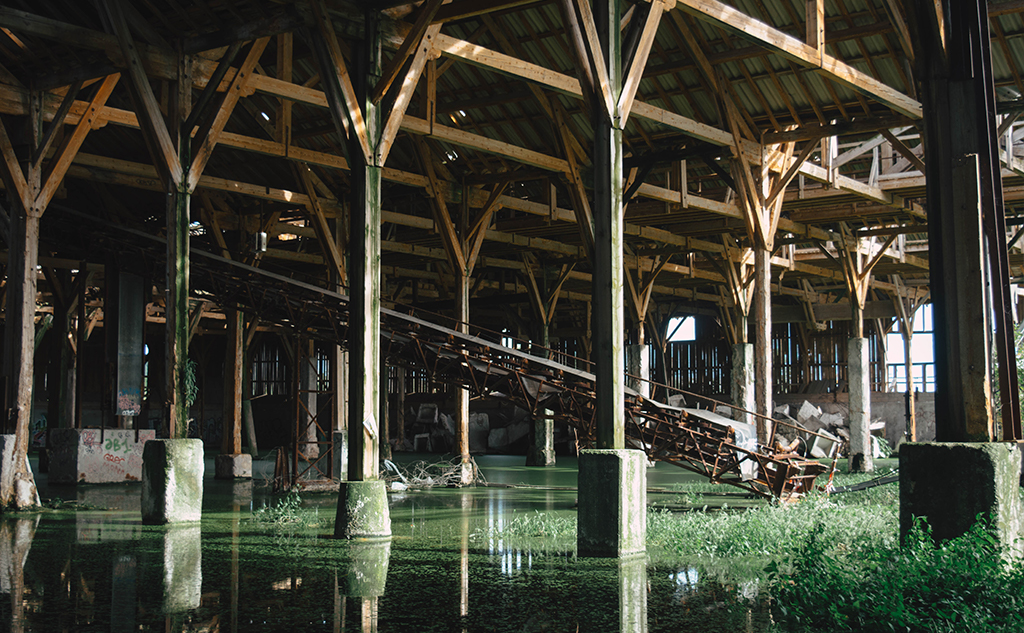Site and soil pollution is mainly due to contamination by hydrocarbons (40%), metals and solvents. In France, the management policy for polluted sites and soils is centred on managing the health and environmental risks on a site-by-site basis. The recent review of France’s national methodology (which dated from 2007) led to the amendment of French standard NF X31-620 relating to service provision of in this sector. The various documents making up this new standard were published by AFNOR in December 2018.
NB: The next French national conference on polluted site and soil research will take place in November 2019. An opportunity for Ademe (the French Environment & Energy Management Agency), the French soil decontamination association (UPDS) and Ernst & Young to summarise what has been learned in the 2014-2019 period and to present the outlook and direction of research for 2020-2025.
Soil remediation: a small but ultra-dynamic sector
Although it may seem paradoxical, the issue of soil decontamination ought not to have a future. However, it is one of the villages most often repeated at Pollutec since it was first created in 2003 in partnership with UPDS, the French soil decontamination association. “It is clearly a vital platform for us, because our sector is very small and needs visibility”, admits Laurent Thannberger, Scientific and Technical Director of Valgo, “but I really hope there is no future for this sector. If there were, it would mean that attitudes are not changing and we’re continuing to pollute the soil”. This point of view is, of course, slightly provocative because there are plenty of sites requiring treatment and the range of technological solutions has been constantly growing from one session to the next. However, the work itself is also evolving into site conversion and management.
“Twenty years ago, visitors came to Pollutec solely to see technical solutions. Now they expect some discussion of the concepts. The soil sector is no exception. The goal is not to clean up the soil: remediation work is merely a means to an end, a tool to assist with site conversion”, explains this specialist. A trend showing that the official methodology devised in 2007 is becoming more operationally mature. “This usage-based approach to decontamination is still quite complicated to explain to those new to the idea”. Hence the need for education and Pollutec prides itself on offering this, while at the same time continuing to develop technical expertise and skill levels. Qualipol certificates have routinely been awarded at the show since they were first introduced.
A plethora of technical expertise
The choice of polluted soil or groundwater treatment technology depends on a multitude of criteria: the level of abatement and/or stabilisation required (depending on future use), the type of pollutant present, the time available, the site environment, the volume to be treated and, of course, the acceptable cost. Hence a very wide range of technical solutions, from off-site treatment (including the issue of the status of excavated soils) to treatment in situ, with physical, chemical, thermal or biological approaches often used in combination. Pollutec has reflected the sector’s strong R&D dynamic and creativity for more than twenty years. Thermal desorption had its heyday in the late 1990s and early 2000s, with the likes of Colas, GRS Valtech and Deepgreen. The biological approach has seen some striking developments, ranging from a soil inoculation system using cotton waste as an absorbent (1996) to biotech solutions for selecting effective bacterial consortia (Serpol in 2014).
As for physical techniques, everyone will remember A&M Brezillon’s Terrastrip in 2003, designed to extract volatile organic compounds efficiently, the use of an electrical current (geo-oxidation) by Eurodépollution in 2000 and sonochemistry by Sita in 2006. And more recently, advanced oxidation in situ, in particular by injecting iron nanoparticles (Serpol, Sita, Toyo Ink).
Restoring degraded soils
Even if they are not necessarily polluted, many soils are biologically and technically degraded. Hence the development of soil reconstruction concepts based on the notion of biodiversity. In 2014, Microhumus, a company specialising in phytoremediation, presented SubsTer, a unique substitute soil engineering solution which removes the need to take soil out of the ground. An approach also explored by the Lorraine-based centre of expertise Progepi/Gisfi from 2008.




